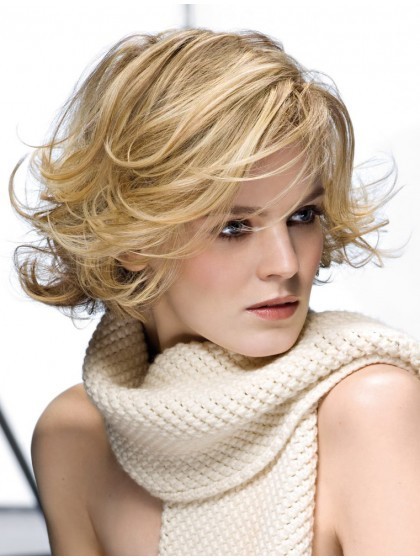Today's life wigs are also more admired dressing supplies, wigs materials are also more choices with people's living standards, and there are many wig brands on the market, but not only just look at the brand to choose The type and material of the wig is also a new choice for people to buy wigs. Give a list of the following wig materials for your reference.
Wig material
In ancient East Asia, wigs were made with people's real hair wigs, and some were made of silk or mixed. The higher the true ratio, the more expensive and the more advanced. In ancient Egypt and ancient Europe, in addition to human hair, horse hair (multiple ponytail and horsehair), wool and other animal hair and plant fiber are also commonly used as wig materials, which are also the most expensive to make by human hair. In addition to traditional natural materials, modern wigs are made of chemical fibers such as nylon, fiberglass, and rayon. Because synthetic hair is subject to stereotypes, it can be brushed or sprayed with hair spray, which is easier to care for. Of course, some are mixed with real hair and artificial hair. Among the human hair, it is best to use undyed black hair, which can be dyed in different colors and easier to shape. Some advanced artificial hairs are no less than real hair in terms of appearance, feel, color, and sag, but some low-end wigs appear rough, distorted, and unobtrusive. The use period can be more than 8 years.
Since many people in developed areas have perm and dyed hair, the people who use them to make wigs are mostly found in developing regions such as China, India and Southeast Asia. In India, Hindus who visit the Tirupati Temple in Andhra Pradesh often donate their hair to show piety. In the temple, a total of 600 hairdressers are employed to cut hair for believers. Every few days, there are tons of hair. It is transported from the temple warehouse and sent to the factory in Chennai, another big city for processing, and the finished wigs products are exported to the United States, France and other Western countries. The temple can thus export 90 tons of hair per year and earn more than Rs 300 crore. According to statistics in the 2000s, there is an adult hair source in the US hair products market from India.
The artificial hair is best in Japan's Kanekaon (kanekalon, also known as "KK material" in the industry), Kani Kall is the best K7, the price is also the most expensive, the other is also divided into A wire, B wire. Followed by the Japanese silk (currently the general brand is this kind of silk), Han silk, PP silk (this is just a general term, refers to all the poor quality of silk)


